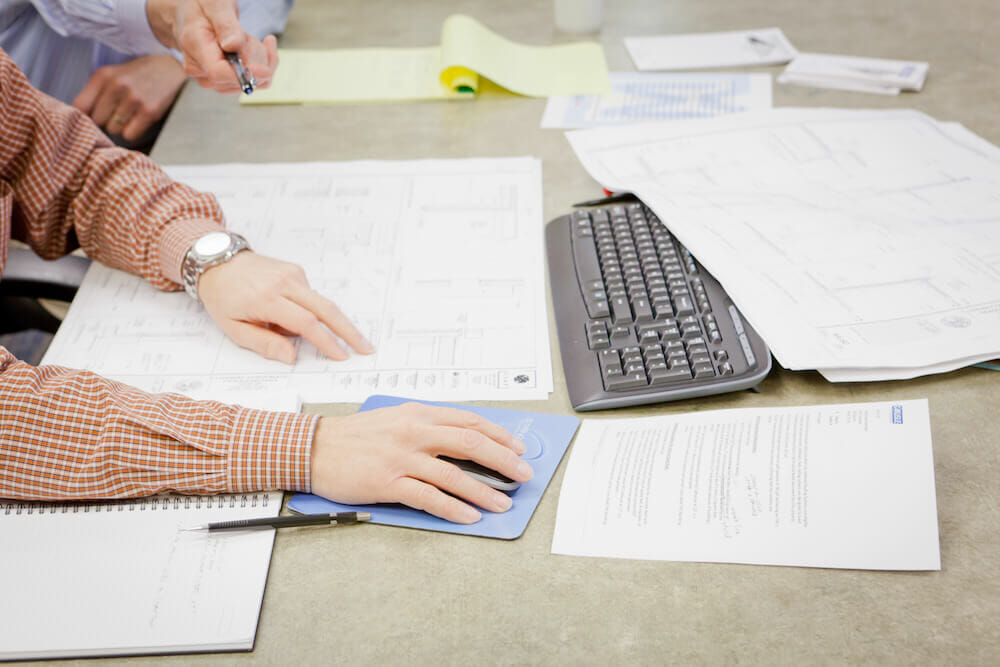When a roof fails, most building owners and property managers find themselves scrambling to scrape together tens if not hundreds of thousands of dollars that were not allocated in the capital budget. Wouldn’t it be nice if there were a way to proactively plan for this? The good news: You can. Building owners can build a better capital budget that eliminates roof failure anxiety.
The Key To A Better Capital Budget For Roofing
Regular roof inspections are critical when trying to predict future expenditures. However, many people prefer not to think about their roof until a problem arises. The fact is, even a brand new roof is subject to damages or defects. The best and most effective way to keep a handle on the lifespan of a roof and to manage minor problems before they become major (and expensive) issues is to conduct regular inspections of your roof.
These regular inspections alleviate the budgeting process by keeping an eye on the horizon. If the roof is given a life expectancy of three years, for example, the planning team can begin to move money around early so that the budget is in order and the funds are available by the time a replacement is needed.
Building A Roofing Safety Net
Most roofs fail prematurely due to damage. That damage may be caused by weather events, but in actuality, it is most often caused by people. This is especially true of buildings that allow tenants to use the roof as recreation space and buildings with a great deal of heavy equipment on the roof. The more activity that happens on the roof surface, the higher risk there is for damage.
When building out a capital budget, teams should include line items for repairs and incidentals on the roof, especially if the roof experiences high traffic. A good rule of thumb is to budget around $750 for a simple repair. Some repairs will cost a little less, others will cost far more. $750 is a round number that the budget committee can work with, as long as the estimated number of repairs can be justified. This may require digging into data and past records and estimating the amount of traffic expected on the roof in a given year.
The Bad Budgeting Ripple Effect
Failing to budget for roofing expenses can have even bigger consequences on the bottom line for building owners than just the cost of a new roof. Building owners and property managers are not the only ones affected by leaks. Tenants in residential, office and mixed-used buildings often pay a premium for top-floor space, and when the roof leaks, they expect it to be fixed, and fixed properly. Patches and repairs can alleviate water leaks in one section of the roof but does not prevent them from popping up elsewhere. If the space is no longer deemed adequate, tenants may decide to relocate elsewhere.
Mold and mildew accumulation from leaks can also leave employers and building owners open to lawsuits from tenants who can show that exposure has caused or exacerbated medical issues. The health and safety of those who use the building are of extreme importance, and neglecting roof maintenance and repair can have a significant impact on a building owner’s finances and public image.
Planning For The Future
A few commercial roofs are designed to be run-to-fail, but not most. Knowledge is power when it comes to building a better capital budget—and a trusted partner can help. Their experience working with a variety of roofing materials and on buildings of comparable size and structure allows them to provide accurate information and keen insight into the longevity of your roof.
The information uncovered in regular inspections helps mitigate any small issues in the present and proactively plan for events in the future, ultimately allowing building owners to predict when they will require a full roof replacement.

